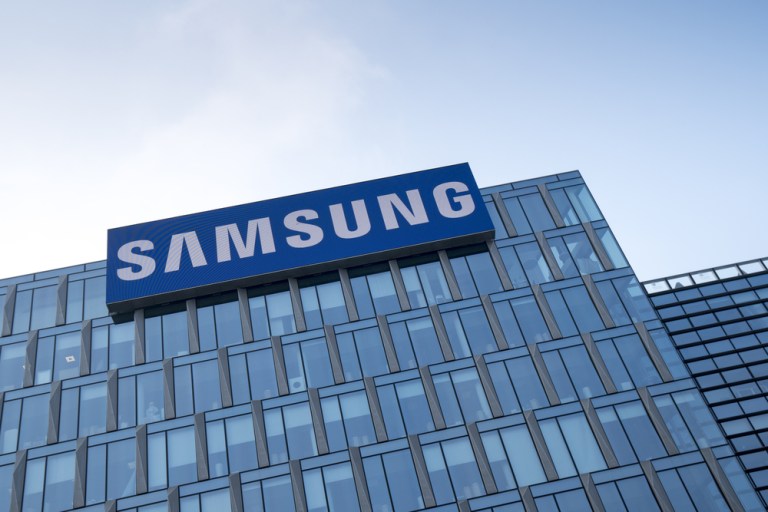
Samsung Electronics smartphone sales will increase in the holiday shopping season, with the general trend lasting into 2019, the company said when announcing its Q3 results. But competition and marketing expenses will cut into profits, and mobile revenue declined about 12 percent year over year.
That news comes as Samsung better positions itself for the coming of 5G mobile technology — in mid-October, Samsung said it had bought Zhilabs to further enhance its 5G capabilities. That company is known for its artificial intelligence-based network and service analytics. AI-based automation will enable Samsung to introduce new services in the 5G era, such as industrial Internet of Things (IoT) and connected cars. In addition, AI-based transformation can be used to analyze user traffic, classify the application being used and improve overall service quality.
For the third quarter of 2018, Samsung posted 24.91 trillion won ($21.9 billion) in consolidated revenue for the company’s IT and mobile communications division — that’s down 10 percent year over year for the entire unit. For just mobile products, year-over-year revenue declined 12 percent to about $21 billion, though quarter-over-quarter revenue increased 6 percent.
Operating profit for that entire division increased about 1 percent year over year, to about $1.9 billion.
Mobile Flagship Sales
The third quarter brought “solid of Note 9-lend flagship sales,” Samsung said, but “total smartphone shipments remained flat due to decreased sales of mid- to low-end products.” Increased marketing costs and “negative currency impact” ate into the division’s operating profit. For the fourth quarter, the company “expects its smartphone shipments to rise during the year-end peak season, particularly for its enhanced mass product lineup, including the new Galaxy A7 and A9. However, earnings are forecast to decrease due to increased marketing expenses.”
For 2019, “smartphone market demand is expected to slightly grow, mainly driven by premium segments. However, competition is likely to intensify across all segments as key features of premium models continue to expand to mid- to low-end models,” Samsung said. “Moreover, Samsung will strengthen its competitiveness in the mid- to long-term by leading innovation with the launch of foldable and 5G smartphones, as well as enhancing its AI and IoT services.”
The company offered no specific updates about Samsung Pay, but said about two months ago that its digital payments platform recently passed the mark of more than 1.3 billion transactions globally.
Samsung Pay debuted about three years ago. The product has about 2,000 banking and financial partners around the globe, and has made online payments available in 15 markets, transit cards for five markets, and loyalty and membership cards in 20 markets. It has the ability to conduct ATM transactions in five markets.
Phone Memory
Also for Q3, Samsung reported that total revenue for the company reached about $57.3 billion, up 5 percent year over year, along with 21 percent increase in operating profit, to about $15.5 billion, which was in line with analyst expectations. Memory products, including those used in smartphones, helped to drive that Q3 growth, the company said. Memory revenue increased 29 percent year over year, with semiconductor sales up 24 percent.
“Looking ahead to 2019, supply-demand conditions are expected to improve gradually as demand increases, mainly from the public cloud market, and mobile storage expands,” Samsung said. “Thus Samsung will actively respond to demand and focus on enhancing cost competitiveness through expansion of fifth-generation V-NAND.”